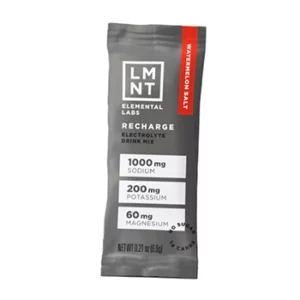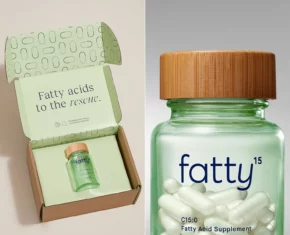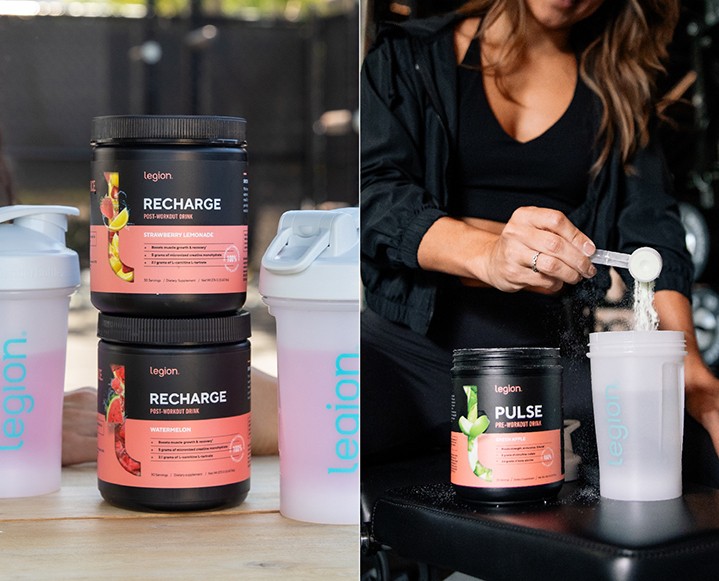Let’s be honest for a minute. We all have that a few accounts we follow, whether models, fitness gurus or other fit celebrities, who keep that body inspiration coming on strong. But where do we draw the line between fitspiration and frustration? Aspirational goals and body loathing? Do these #fitspo hashtags and accounts actually do anything for our overall fitness motivation? Or could they actually be more damaging to our overall body image and confidence? Blare June of Darling Magazine weighs in below. Let’s talk about it…
With glossy magazines stocked at every supermarket checkout, the emergence of the digital supermodel (Gigi and Kendall), and trending hashtags like #fitspo devoted solely to fitness inspiration, it’s no surprise that women feel pressured to achieve what is portrayed as an ‘ideal’ body weight.
Prior to the days of social media, women were less likely to be constantly visually reminded of what society portrays as physically appealing. Today, unless you only follow your aunt Lucy and the account you made for your dog, your social media handles are likely bombarded with perfected selfies, inspirational hashtags and re-grams of perceived ideals.
Thanks to hashtags, not only are you seeing similar content from your own following, but you are now linked to related posts from around the world! Queue the feelings of being overwhelmed, pressured and dissatisfied with yourself.
The days of Tumblr and endless scrolling of #thinspiration (frail models and celebrities whom likely suffer from a serious psychiatric illness) have evolved to a more socially acceptable social media trend of #fitspo. Although attaining a fit and healthy lifestyle is encouraged, having unrealistic and unattainable ideals (a six-pack with minimal body fat) can be dangerous. We are all unique with a different genetic makeup, metabolism and body shape, and what is considered ‘ideal’ for one may not be possible for another.
Being healthy includes being active, eating well, and maintaining mental wellbeing by creating a realistic balance. When scrolling through #fitspo images, we see snippets of lives that are carefully filtered and curated, but that doesn’t give us the full story. We aren’t told about whether there was a personal struggle behind a set of sculpted calves, self-doubt behind a flat stomach, or endless comparison behind a toned back. We look at these images as ideals and we strive to look the same. The danger with this approach is that these ideals are often not realistic or attainable, and can result in feeling discouraged, deflated and even unmotivated.
We aren’t told about whether there was a personal struggle behind a set of sculpted calves, self-doubt behind a flat stomach, or endless comparison behind a toned back.
Beyond not feeling encouraged to engage in your own healthy living routine, such comparisons can also precipitate or perpetuate low self-esteem, low mood and disordered eating. Although the intention of #fitspo was likely developed with the intent to provide inspiration for healthy living, I can’t help but think that it has evolved to become the contrary.
Together we can make a change and re-define our own ‘ideals.’ Next time you feel the urge to regram your favorite insta-famous fitness guru, instead consider posting a picture of your new tennis shoes, those pink boxing gloves at the local gym or an inspirational quote from your latest SoulCycle class. Let’s encourage change, motivation and self-acceptance instead of comparison and competition. For the whole article visit Darling Magazine here.
We want to hear from you! What do you think: Is #fitspo really fitspirational or just plain frustrating? Where do you draw the line?















